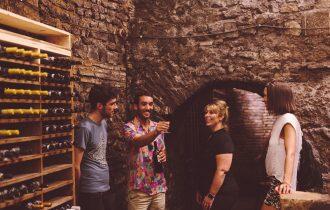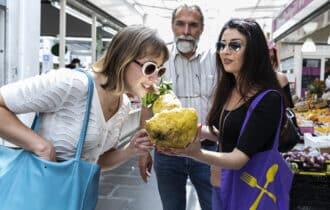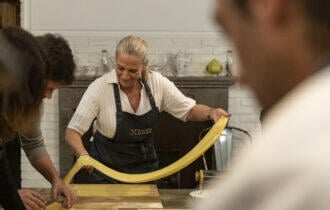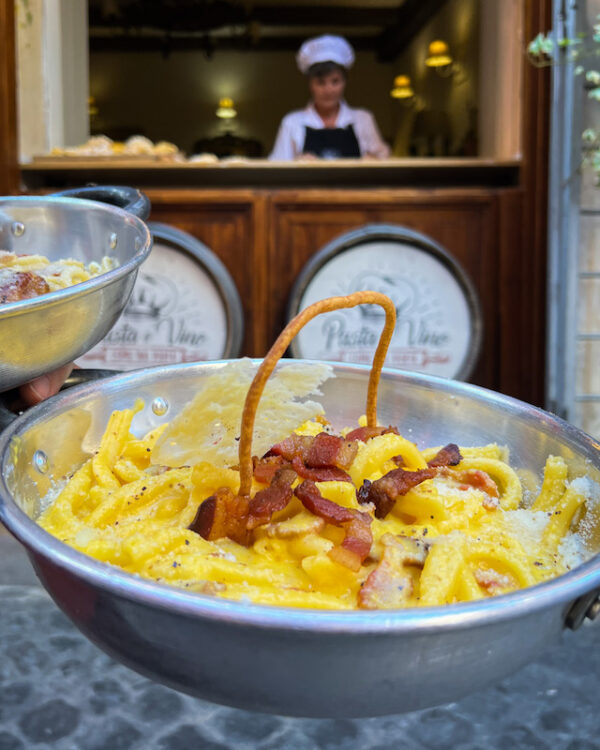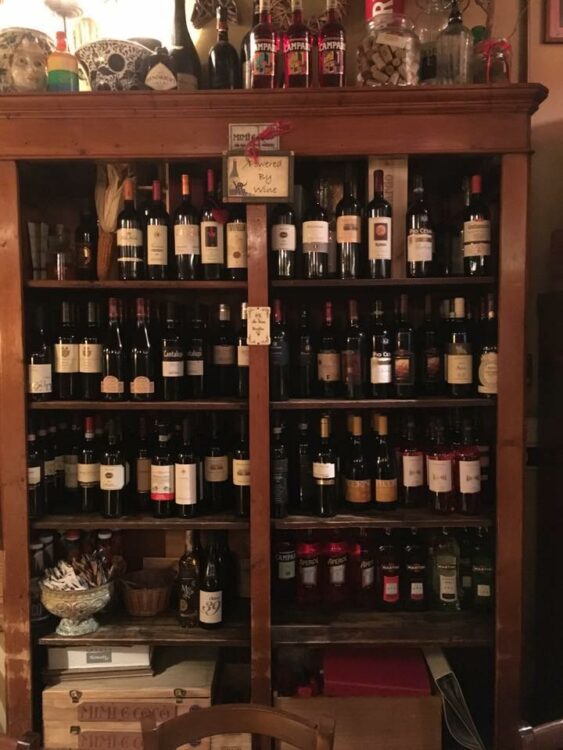From the 1st to the 5th Centuries after Christ (AD), humanity was knee-deep in the Roman Empire, especially here in Rome. From the reigns of Augustus to Flavio Romulus Augustus—a span of 500 years—Rome enjoyed a glorious period of winning wars and conquering foreign lands. And they ate like kings too.
Let me clarify: the Caesars (or Rome’s version of kings) ate very well. There were 3 meals served throughout the day: ientaculum was a hearty breakfast that was served around 8 am. Usually there was focaccia bread served with oil, salt and wine, milk and honey, dried fruit and cheese. At midday, prandium was served. This was a fast and light lunch where they ate bowls full of legumes, olives, figs, anchovies and sheep or goat’s cheese. Lunch was usually finished off with a glass of hot wine or piperatum, a drink similar to a hot mulled wine made from wine, hot water, pepper, honey and spices.
But the most important meal of the day was dinner, which began on the early side (around 4 pm) and lasted for 6-7 hours! This feast started with an antipasto (gustus or gustatio) and was followed by 6 courses. The antipasto usually consisted of small plates with pumpkin, hard-boiled eggs, black and green olives, various vegetables and snails. The main courses usually consisted of meats and fish: lobster, oysters, eel, chicken, rabbit, veal and pork.
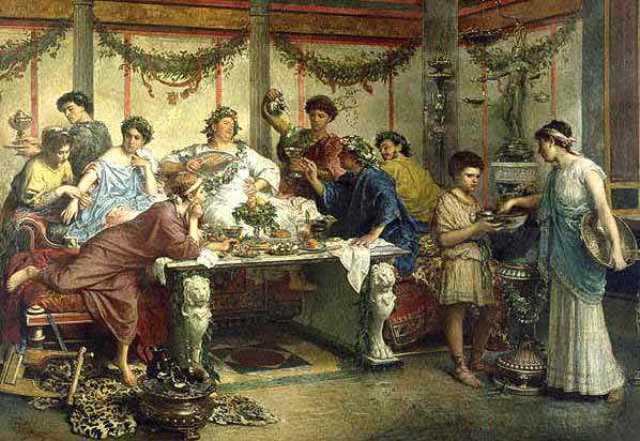
The Romans also ate some strange delicacies at dinner such as camel’s foot and flamingo… but we won’t get into that now. The most precious among the meats was fowl, whether it was farm-raised or caught in the wild. Other dishes seen on the Roman’s dinner table was puls, a sort of polenta made with farro (or spelt) dressed with legumes, cheese or vegetables. While garum was a sauce made from the interiors of fish, which were always present on a Roman feast’s table along with farina-based bread. (The Italian word for flour, farina, comes from farro.)
The secundae mensae indicated that dinner was coming to a close. Sweets made with honey, wine or fruit (apple, grapes, figs, apricots, peaches or persimmons from Persia) were then brought to the banquet. All of this was accompanied by mulsum, a honey infused wine.
Famous scribes like Cicerone, Ovid, Virgil and Cato all wrote about the famous recipes of the Roman kitchen, but wild fowl was by far their favorite. What follows is recipe for quail fit for these famous ancient writers and fit for a king (or since we’re in Rome, a Caesar).
Quagliette alla cacciatora con olive, capperi e rosmarino
(Quail cacciatore with olives, capers and rosemary)
Ingredients:
- 1 quail per person
- 2 tbsp. extra virgin olive oil
- 1 cup (250 ml) white wine
- 1 onion, chopped
- 2 basil leaves
- 1 bunch rosemary leaves
- 3 fresh tomatoes
- 12 green olives
- 12 capers
- salt
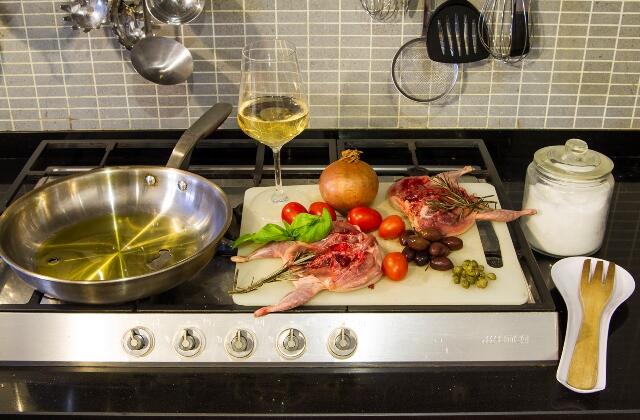
Directions:
Cut the quail in half length-ways down the center. Put the quail halves in a large pan that can hold all the meat and sauce with oil, and brown both sides of the birds until golden. Then add the chopped onion and brown together with the quail.
Add basil, olives and capers and then the wine and let it cook off, until you can’t smell the alcohol. Dice the tomatoes and add them to the pot. Add salt and rosemary. Cover and simmer on a reduced heat until sauce comes together and the quail is cooked. You can serve the quail with basmati rice cooked in salted water or simply with crusty bread.
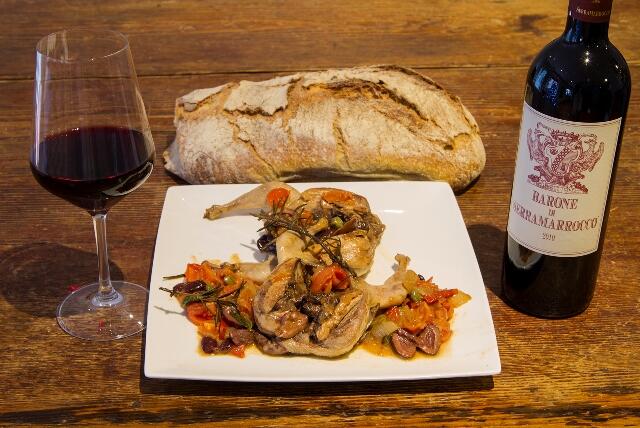
What wine to drink with quail cacciatore
It was not easy to find the right wine for this succulent dish. But I found a great red one in Sicily: Barone di Serramarrocco 2010 Rosso, IGT. This wine comes from the pignanello grape and is ruby in color, consistent and impenetrable. This wine has a delicious nose with hints of red fruits, notes of green and an inviting aroma of licorice, tobacco, vanilla and chocolate. The palate is well balanced, rich and harmonious with soft tannins. The return is full of red fruits and has notes of balsamic, with a long finish.


